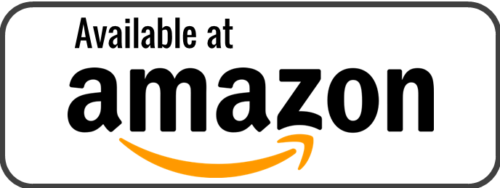Now the reader runs the show
I’m finding that getting into this eBook thing is like setting out into unknown territory
One of the most important things I’ve discovered in the difference between an eBook and one of my favourite books on my selves at home is – the reader can change the way an eBook looks.
The look of a traditional book: its typeface or font, the size of the font, the spacing between lines, the spacing between words; all this is called formatting.
In traditional book publishing the publisher is responsible for the book’s formatting. Neither we as authors, nor the reader, has any influence over how the book will look. Even book covers are largely in the control of the publisher.
With eBooks that has largely changed. Firstly, because traditional publishers are often not involved in the process and secondly, and far more importantly, because with the eBook reading devices like Kindle, Ipad, Sony Reader, Kobo, Neo, etc., (apparently there are 63 different readers on the market at the moment), the reader gets to chose the formatting he or she prefers.
EBook devices offer readers almost unlimited choice, not only in what they read but also in how they read it. For instance, not only can Kindle, store 3,500 full-length books but it offers a range of 4 fonts in 8 sizes and lots of other stuff like condensed type, serif and sans serif etc. An iPad, or a PC, offers millions of combinations.
At first glance this looks daunting. In the old days if one of my books sold 100,000 copies, each copy would look exactly the same as every other. The way the book looked couldn’t be changed and so readers didn’t bother with the formatting. They couldn’t change it even if it wasn’t to their liking.
But if an author sells 100,000 eBooks, each one could look slightly different: formatted according to each individual reader’s preference. Give readers choice and they will exercise it.
Which means the world of publishing has changed: the old paradigms are shifting and now the reader, not the publisher, is in control.
Many people see that as a positive and if we remember it, we won’t go far wrong. But the downside of this radical shift is that it brings more pressure to bear upon us as authors because now we have to think about how our books will look. We have to get into the world of formatting text and understanding what the end product should look like for the best overall effect.
This is an important consideration. I’m convinced that the appearance of a book in an eBook reader will become just as important as the formatting of a traditional book. And I’m not the only one to think this.
I’m discovering that the problem starts with the copy I submit to the ‘platforms’… Amazon, Smashwords, Sony and the others.
It needs to be as perfect as possible. Which is okay if you’re the kind of person who likes to play with formatting. I’m not. I’m techno-moronic and ticking off all the boxes for a ‘perfect’ eBook manuscript is not as easy as it sounds. Not for me, anyway. Some people will be able to do it, though probably not everyone.
There are a lot of people like me who lack sufficient experience with word processing programs or HTML tags or exporting to the HTML format. And if my book is badly formatted on an eBook reader, a buyer is unlikely to recommend it to anyone else (word of mouth still being the best form of book publicity) nor are they likely to buy any more of my books.
So, as my focus as a writer is on the words and my story – in other words the writing rather than the formatting – and I find dealing with technical issues a challenge – I’ve found a good place; a place where I don’t have to worry about all that stuff
It’s called eText Press. I’ll say upfront that it’s run by a friend of mine. Peter Ramshaw who, with his background, is superbly qualified to do all that technical stuff and offer low cost, high-quality publishing on the web.
All he asked from me was a well-formatted Word file. Even I could do that. He took over everything from there and pretty soon now I’ll have all my backlist on eBooks










